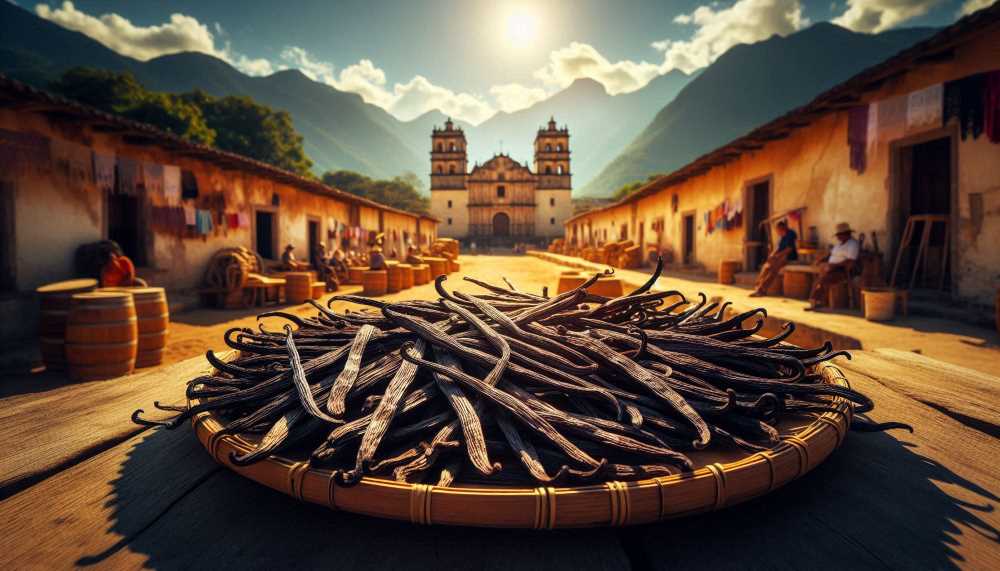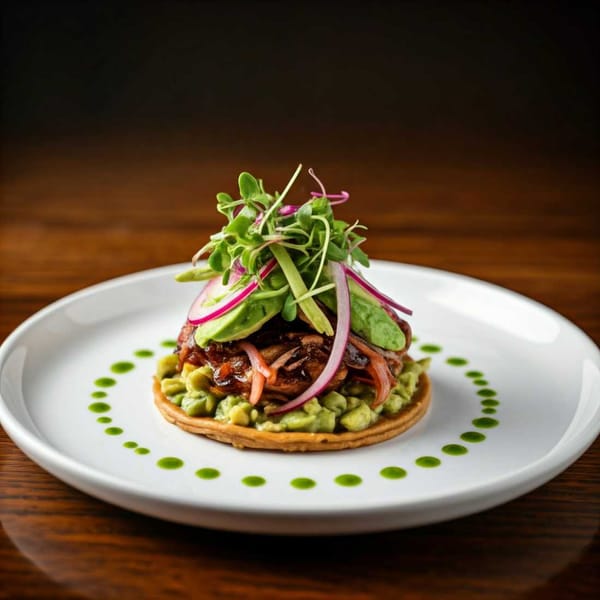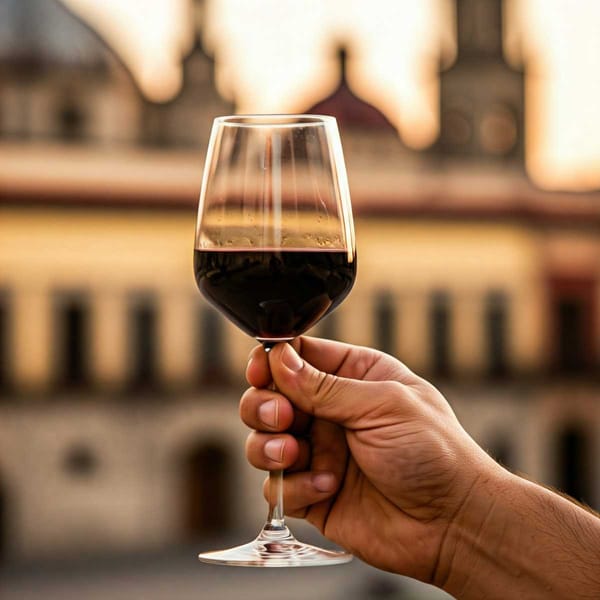How the World's Favorite Flavor Became So Expensive
Vanilla, once a rare and exotic treat, has become a ubiquitous flavor. Despite its widespread use, the cultivation and processing of vanilla remain labor-intensive and expensive.

When vanilla first made its grand entrance into Spain in the early 16th century, it was nothing short of an exotic treasure—a flavor from the New World reserved for royalty and the elite. Nearly five centuries later, it still reigns supreme as the world’s favorite flavor, a subtle and universally adored essence that graces everything from our morning coffee to our evening desserts.
Yet, ironically, this prized flavor is so deeply woven into our daily lives that its name has become synonymous with, well, the mundane. Describing something as “vanilla” is often a backhanded compliment—suggesting something pleasant, but ordinary. Little do most people know, however, that behind this seemingly humble flavor lies a rich history, a botanical marvel, and one of the most labor-intensive crops on the planet.




